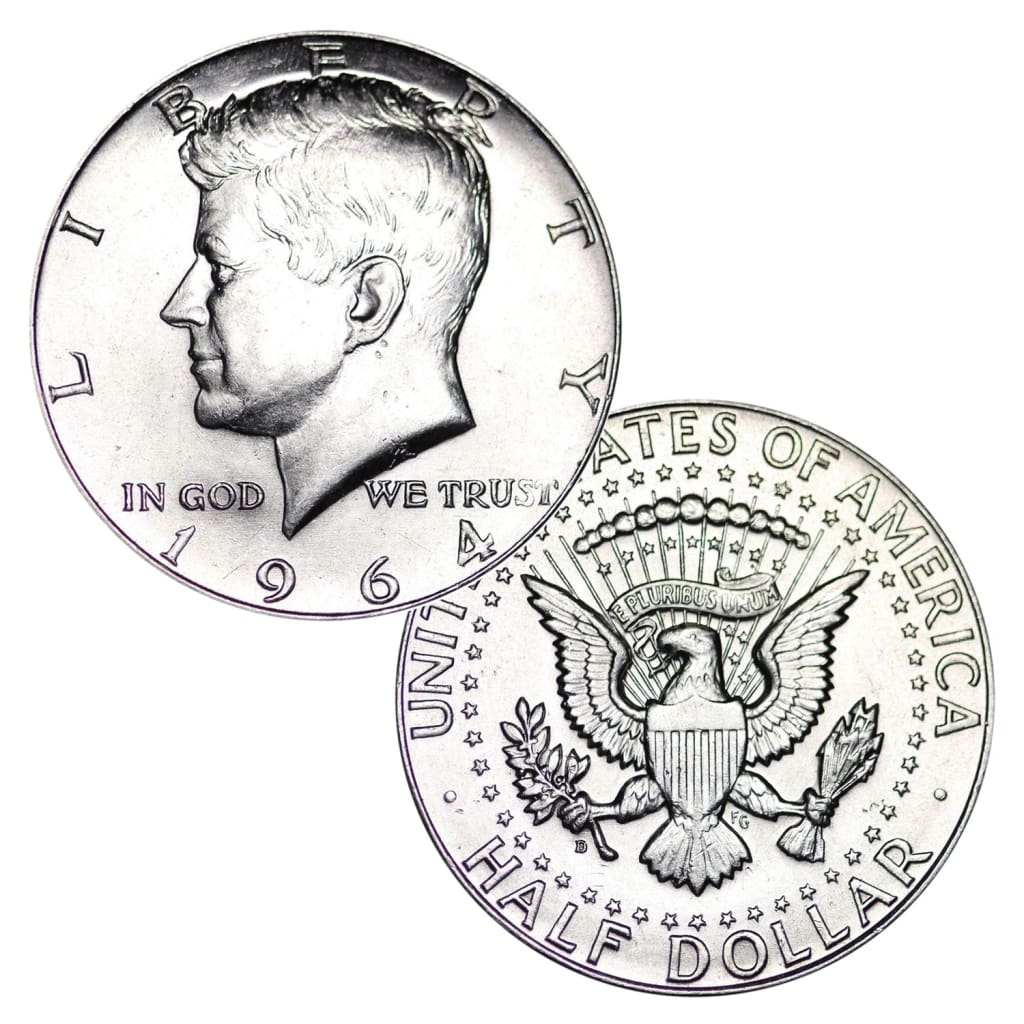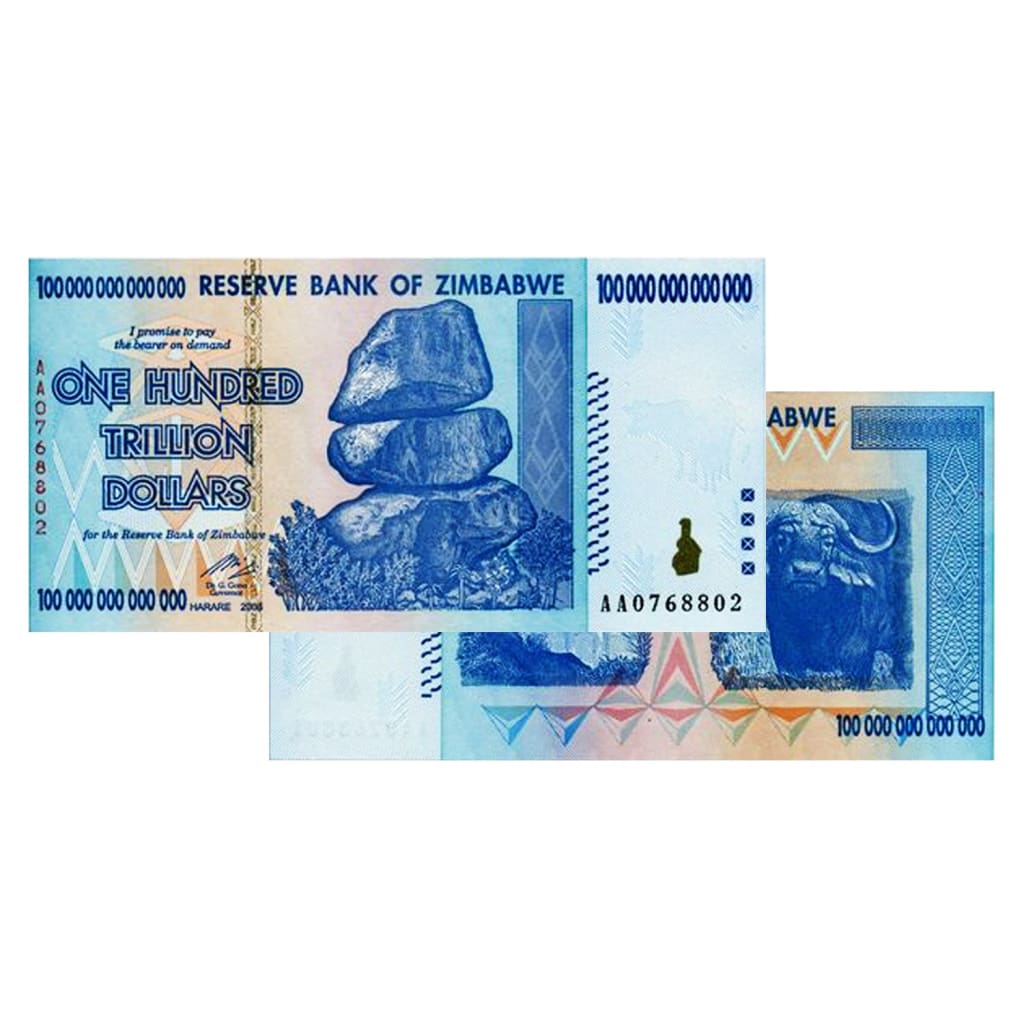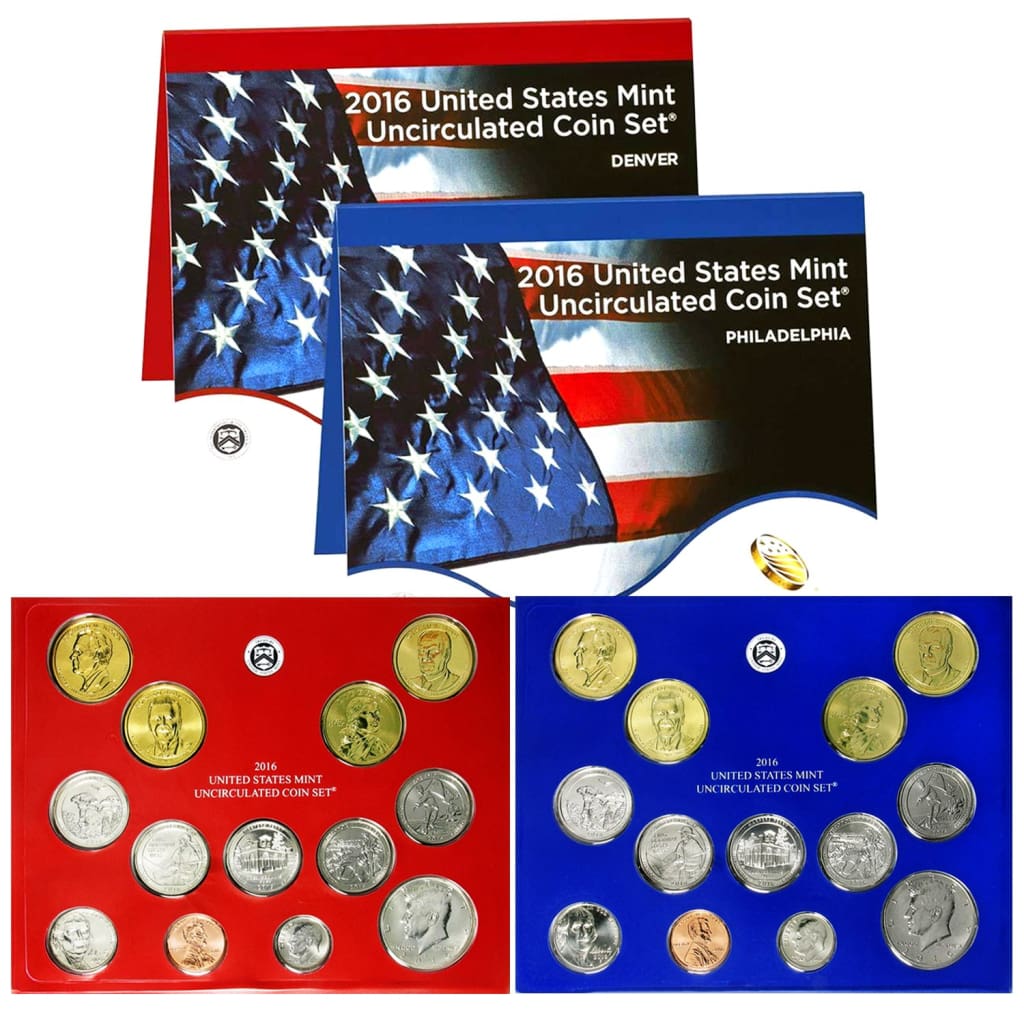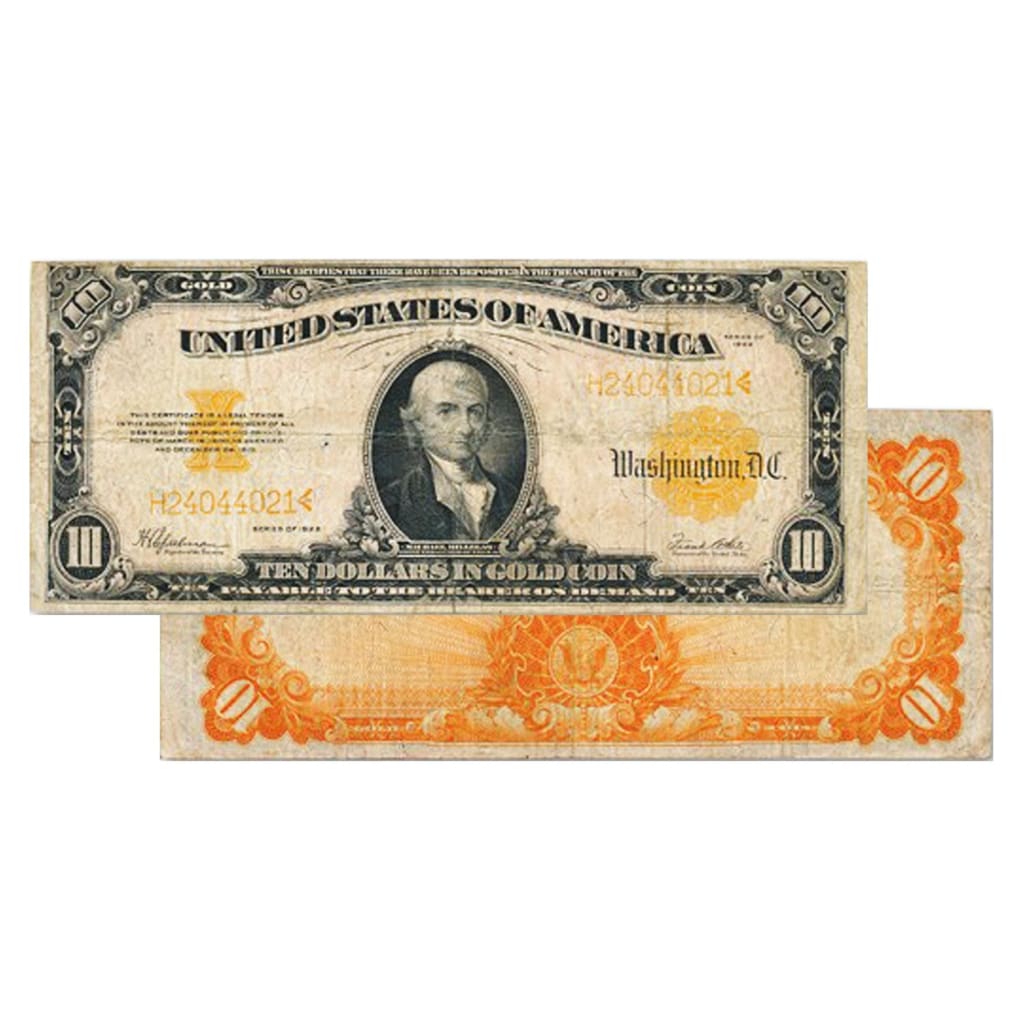When you look down at that $5 bill in your pocket. Have you ever wondered why that seal is green? Or why even include a seal? Well, once upon a time, there were actually different styles of notes. The notes that we have today are actually called Federal Reserve notes, but at one time, there were silver certificates and gold certificates as well, where banks were obligated to give you the same amount as dictated by the bill in that amount of silver or gold. Let’s take a look back at the different styles of bills and what the secrets of those seals actually are.
Yellow Seal US Dollars (Gold Certificates)
Introduced in 1863, the yellow seal US bank notes were actually gold certificates. Meaning, that the denomination of bank note was backed by the same amount in gold in the US treasury, and that you could exchange that certificate for the gold at a bank in the US. Which meant that US money was at one time backed by the Gold Standard. There were several times that this standard was suspended though. It was suspended twice during World War I and made it a free floating currency, similar to the fiat currency that it is today. The gold standard US dollar came to a close in 1933 with the Gold Reserve Acts, which made it illegal for the public to be in possession of gold coins or certificates. In 1964, the act was lifted and the notes could be traded again, however, like the silver certificates, they could no longer be redeemed for their value in gold, and became a collectible for numismatists.
Blue Seal US Dollars (Silver Certificates)
Similar to their gold standard cousins, the blue seal US bank notes were in fact silver certificates. These notes first began circulating in 1878 and were backed by the US stockpile of silver bullion. These certificates could be redeemed for their value in silver. At first, it was through an exchange of the certificate for silver dollar coins and later became an exchange for raw bullion. These notes were mainly done in the 1, 5, and 10 dollar denominations. In 1963, the notes were discontinued with a deadline of 1968 placed on any remaining silver certificates to be redeemed for their value in silver. These notes are still considered legal tender today but are valued at their face value and not at the current price of silver.
Red Seal US Dollars (US Notes)
The red seal dollars are an interesting fare. They were started during the Civil War and were in production for about one hundred years, making them one of the longest produced notes next to the dollar produced by the Federal Reserve. These notes were actual pieces on national debt. Which means they were direct obligations by the US government and that the individual who had them owned a piece of the national debt. These notes went out of circulation in the 1960s and were removed as legal tender in the mid 90s.
Green Seal US Dollars (Federal Reserve Notes)
The bills that we all use today are actually known as Federal Reserve notes. These are the only notes still being actively produced and are also the youngest. First introduced in 1914, these notes are backed by the US government but aren’t actually produced by the US. Instead, the 12 Federal Reserve banks within the US prints this money and, by law, must maintain enough assets to balance the notes issued. This currency is actually a fiat currency and is not based on any gold or silver standard.
Gary Dyner is the owner of Great American Coin Company. Connect with him on Google+.





